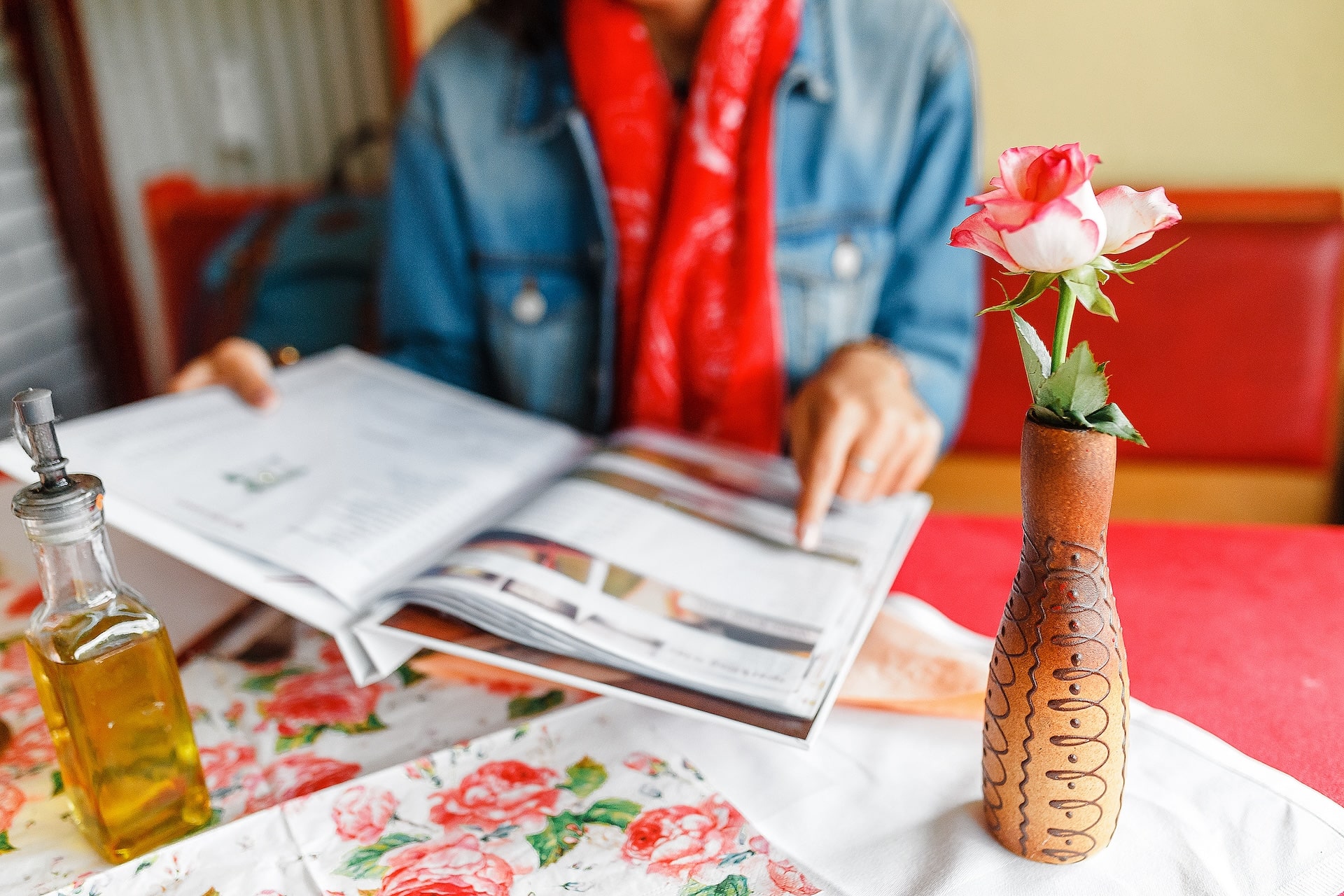
Continuing our exploration of menu design principles, Part 2 unveils additional insights to elevate your restaurant’s menu and captivate your diners. These proven strategies, backed by research and industry experts, aim to enhance the visual appeal, customer engagement, and overall dining experience.
Menu Design Principles:
- Leverage Descriptive Language for Appetizing Appeal: Utilize enticing words such as “signature,” “original,” “famous,” “savory,” “buttery,” and “crisp” to describe high-margin items. An experiment conducted by Dr. Brian Wansink at Cornell University discovered that descriptive menu labels can increase the sales of an item by a staggering 27%. Craft compelling descriptions that evoke sensory experiences, encouraging patrons to explore and indulge.
- Enhance Sales with Appealing Food Photography: Renowned menu engineer Gregg Rapp found that incorporating visually appealing images alongside menu items can boost sales by an impressive 30%. Leverage high-quality photographs to showcase the aesthetics of your dishes, enticing customers and giving them a visual preview of what awaits. While printed photos on menus are becoming less common, the investment in high-quality visuals can pay off, especially in the age of social media.
- Optimize Design Elements for Improved Experience: Revamp design elements by employing big fonts and ensuring no more than 20% white space on your menu. This subtle adjustment enhances readability and creates a visually engaging menu. The dining experience is elevated when customers can easily navigate the menu, leading to increased satisfaction and a greater likelihood of return visits.
- Use Boxes and Lines for Visual Direction: Implementing boxes and lines in your menu design aids in guiding the customer’s visual focus. This visual direction helps in highlighting key items, promoting specials, and creating a more organized and appealing layout.
- Emphasize the Impact of Visuals on Sales: Reiterating the significance of visuals, Gregg Rapp’s findings emphasize that including enticing photos alongside food items can increase sales by 30%. While full-color photos on menus might be less common today due to the prevalence of social media, investing in high-quality visuals remains a worthwhile endeavor, providing a tangible preview of your culinary offerings.
- Curate Multiple Menus for Varied Experiences: Offering distinct menus for breakfast, lunch, and dinner creates a curated dining experience for guests. This strategic approach reduces the burden of choice, making the meal feel tailored to the specific time of day. Multiple menus cater to diverse preferences and enhance the overall dining journey.
Incorporating these advanced menu design principles into your restaurant’s strategy can revolutionize your approach to customer engagement and profitability. By embracing enticing language, captivating visuals, and thoughtful design elements, your menu becomes a powerful tool for enhancing the dining experience. Stay tuned for future insights as we continue to unravel the secrets of effective menu engineering in upcoming articles. Elevate your restaurant’s success with strategic menu design!